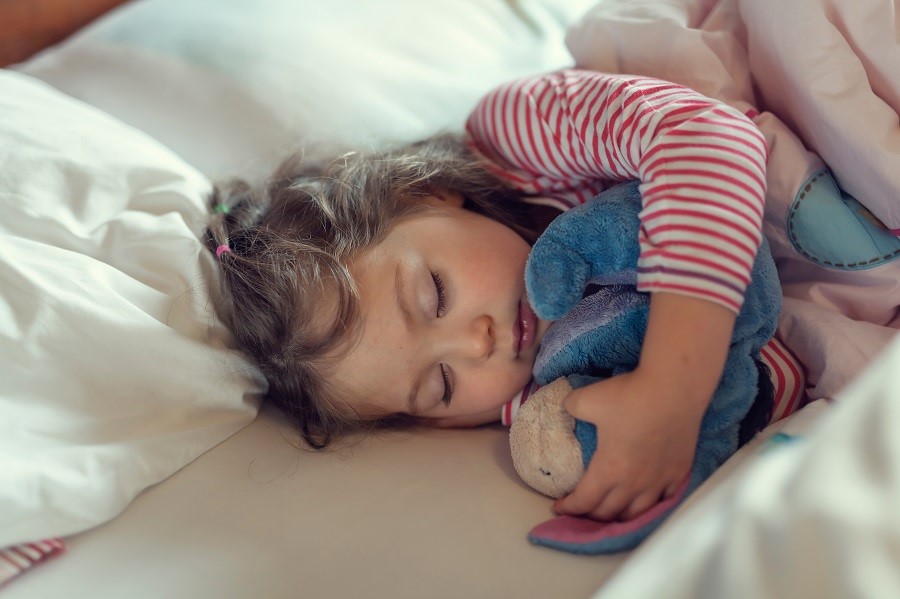Carbon monoxide is an invisible hazard to you and your family; don’t leave your health to chance
When it comes to major threats to your health, it’s always preferable to face something you can see or otherwise detect with your senses. Unfortunately, some health hazards are not easily detectable on our own, and carbon monoxide gas is one of these nearly invisible health hazards.
As a colorless, odorless gas, carbon monoxide is a nearly silent killer. Though deaths from carbon monoxide aren’t as common as they used to be, 2,244 people in the United States died from carbon monoxide poisoning between 2010 and 2015, according to the Centers for Disease Control and Prevention. We take the dangers of carbon monoxide seriously at Safe Home Security, so we’ve put together this guide to help you determine if you have carbon monoxide gas in your home and what you can do to keep yourself safe.
SEE ALSO: More security and monitoring services from Safe Home Security
CARBON MONOXIDE BASICS
Carbon monoxide gas is the result of incomplete burning of organic materials. Common sources of the gas include furnaces, cars and trucks, heaters, gas stoves, and other similar devices.
Carbon monoxide poisoning occurs due to the way the molecule affects the flow of oxygen around the human body. Carbon monoxide molecules bond with hemoglobin, the protein in blood that helps bring oxygen to the different parts of your body.
When the gas molecules bond to the hemoglobin, the hemoglobin can no longer bond with an oxygen molecule, cutting off the flow of oxygen through the body. If the flow of oxygen is disrupted for long enough, serious symptoms and even death can occur.
SIGNS OF CARBON MONOXIDE POISONING
Unfortunately, the best method of detecting carbon monoxide without external equipment is to be aware of the symptoms of poisoning so you can recognize them. People suffering from carbon monoxide poisoning describe symptoms similar to that of a case of the flu. These symptoms can include headaches, dizziness, weakness, vomiting, chest pain, and confusion.
In more severe cases, poisoning can result in loss of consciousness, heart arrhythmias, seizures, and even death. It’s also important to note that a patient’s skin turning bright red – traditionally considered a common sign of poisoning – may not occur in every case, so don’t count on that if you’re worried about gas in your home.
PREVENTION MEASURES
Because carbon monoxide gas is the resulting of incomplete burning, it’s important to make sure any appliances in your home that use gas are in good working order. Check your furnaces, stoves, generators, outdoor equipment, and other devices to make sure they’re working correctly.
It’s also a good idea to install at least one monitored carbon monoxide monitor somewhere in your home, preferably near anything that uses gas as a fuel source. According to the Consumer Product Safety Commission, “… carbon monoxide detectors are as important to home safety as smoke detectors are,” and they recommend having at least one detector in your home, ideally one on each level.
The best way to ensure you’re safe from carbon monoxide poisoning is to hire a professional monitoring service. They will monitor your home 24/7, meaning you can leave the worrying to them while being assured that you and your family are safe. To find out more about carbon monoxide monitoring services from Safe Home Security, call us at 800-833-3211 or visit us online.
